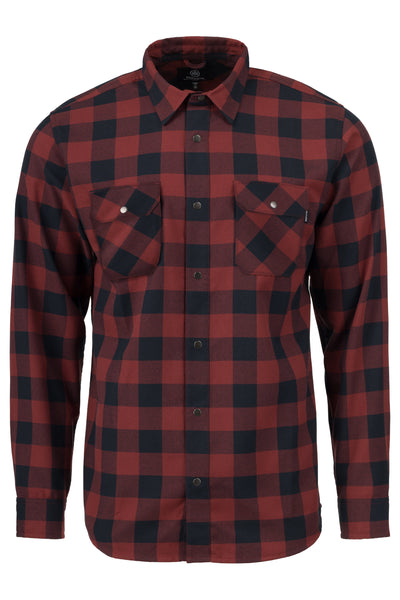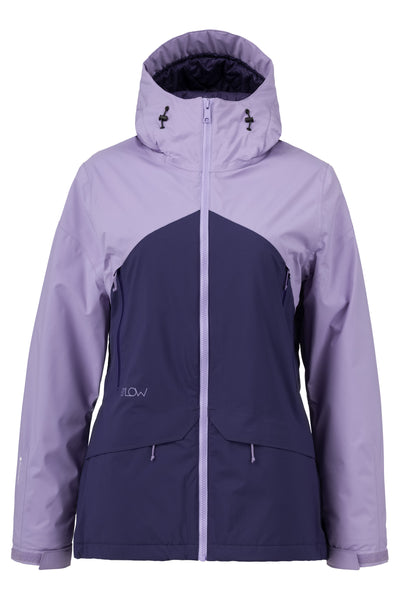Book a trip to Japan’s northernmost island in January or February and deep snow is pretty much guaranteed.
Skiing in Hokkaido, Japan, is like taking a trip to an all-you-can-eat powder buffet. You’re going to get your fill, and then some. This is the kind of place where powder days aren’t a rarity; they’re a near daily occurrence. Snowbanks tower as tall as buildings and roads are plowed just enough to let one car through. Even if you don’t nail it with powder, you’ll still be treated to the best of Japanese culture, from its cozy noodle shops and back-alley bars to its healing onsens.
Before you go, check the latest travel advisories regarding traveling to Japan from the U.S. To get to Hokkaido, fly into Tokyo, then hop a quick flight to Sapporo, Japan’s New Chitose Airport, a launching-off point to heaps of stellar Hokkaido ski resorts all within a relatively short drive. If you’re planning to visit multiple ski resorts around Hokkaido, you’ll want to rent a car—make sure to get an international driver’s license beforehand and know you’ll be driving on the left-hand side of the road. If you’re heading to one place, a private transfer or public bus might be sufficient.
When to Go On A Ski Trip to Hokkaido, Japan
January and early February are the months to go skiing in Japan. Chinese New Year takes place in late January and brings in crowds but also unforgettable rituals. “I will never forget seeing the Taiko drummers perform drum music about skiing, snow, and the mountains. New Year’s Eve in Sapporo at the temple is a must if you can pull it off,” says Scotty VerMerris, a Flylow athlete.

The best skiing in Hokkaido, Japan.
| Explore Honshu | Explore All Japan |
What to Pack For A Ski Trip to Hokkaido, Japan
Bring enough layers for cold temperatures. Night skiing isn’t uncommon here and long days in the backcountry are the norm when conditions are prime. “Pack at least one clear lens and carry extra lenses for your goggles,” advises VerMerris. “Pack layers and extra items, so you are prepared when you go out for the day. You might end up damp and want a dry layer or fresh goggles or fresh gloves halfway through the day and you might to ski until 10 at night. You never know, but when it’s good and keeps getting better, you’ll want to stay out.”
The Best Ski Resorts In Hokkaido, Japan
Option 1: Base Out Of Sapporo
You can stay put in Sapporo, host of the 1972 Winter Olympics, and ski right from there. It’s a much more manageable city than Tokyo and more affordable. Think of Sapporo as a Portland, Oregon, to Tokyo’s New York City—it’s got its own unique, laid-back vibe, with tasty, cold-water seafood, tons of hip bars and restaurants, and a ski resort, Sapporo Kokusai, right on the western edge of the city. The two-week-long Sapporo Ice Festival in February is worth a visit.
Option 2: Ski Niseko, Japan’s Most Famous Ski Resort
Niseko, which connects four base areas into a sprawling resort, is the most popular and well-known ski destination on the northern island of Hokkaido for powder-hunting visitors. Go for at least 10 days if you can to guarantee the most powder days. At Niseko, drink coffee out of a vending machine in the base lodge before boot-packing to the top of 4,291-foot Annupuri for untracked powder in all directions. Niseko is on both the Ikon Pass and the Mountain Collective Pass, so if you have either of those passes, you’ll get a few days of free skiing here.
Option 3: Rusutsu If You Have an Epic Pass
Epic Pass holder? Check out Rusutsu Resort, another large ski area—it’s got 18 lifts and 4,200 skiable acres—accessed via a 90-minute drive from Sapporo or about 25 minutes from Niseko. Rusutsu is on the Epic Pass.
Option 4: Small Japanese Ski Resorts Like Moiwa are Rad Too
Don’t overlook the little ski areas, either. Moiwa Ski Resort, which borders Niseko, is small but powder filled—the place stays untracked for days after a storm. You can ski out the gates of Moiwa into neighboring Niseko. Stay at the no-frills Moiwa Lodge, where breakfast comes included, and you can walk to the lifts from your room.
Option 5: Central Hokkaido Offers its own Incredible Skiing
Furano Ski Resort in central Hokkaido used to limit off-piste and tree skiing, but thankfully that’s not the case anymore. You can shred powder in the trees all day long here. This place is large but has a more local, quiet feel to it than Niseko and Rusutsu.
Kamui Ski Links, 30 minutes from the city of Asahikawa, is another gem of a small, uncrowded Hokkaido resort that doesn’t get tracked out and has dreamy inbounds tree skiing. Don’t miss the curry donut at the café atop the gondola and the ramen noodles at Nobu in the base area. There’s no lodging on site, so stay in Asahikawa—book a room at Omo7 Asahikawa and they’ll shuttle you to the slopes for free for the day.







